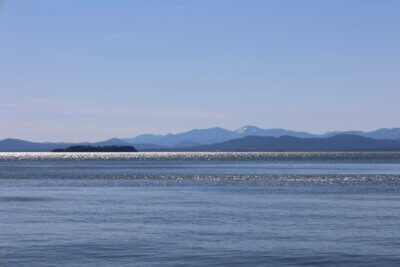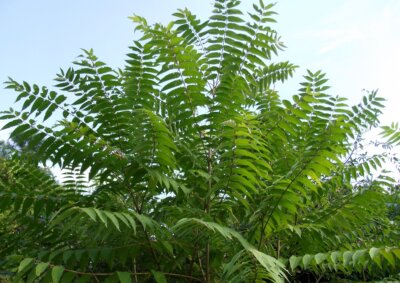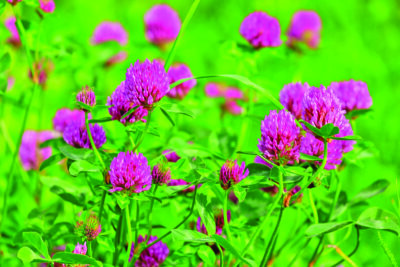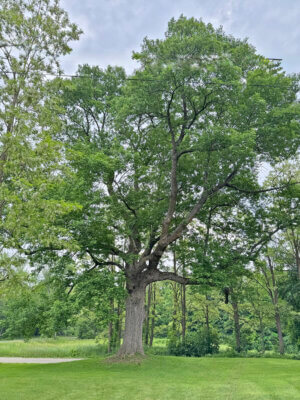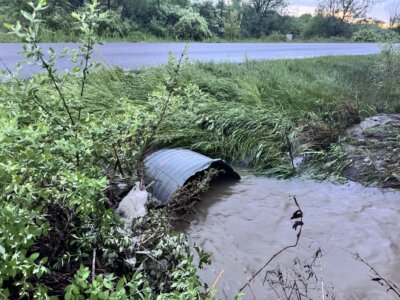On trails and water
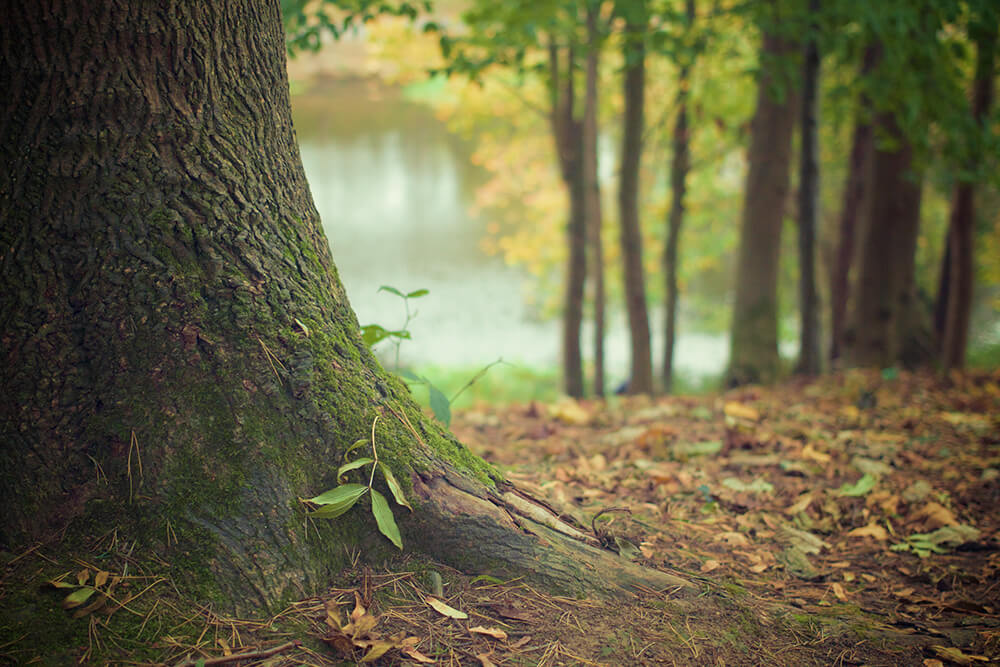 I often visit woodlots where it’s clear that some active management, often through the strategic harvesting of trees, would benefit the health and resilience of the forest, the quality of wildlife habitat or some other important objective. In an ideal world I would pick which trees to cut to satisfy those objectives, wave a magic wand, and they would be transported to a location of my choosing. In reality, large equipment traveling on logging trails and roads, what I call “forestry infrastructure,” is required to cut and transport trees out of the woods. This infrastructure is somewhat of a compromise—enabling us to manage our forests for a variety of uses and benefits but also providing some notable challenges.
I often visit woodlots where it’s clear that some active management, often through the strategic harvesting of trees, would benefit the health and resilience of the forest, the quality of wildlife habitat or some other important objective. In an ideal world I would pick which trees to cut to satisfy those objectives, wave a magic wand, and they would be transported to a location of my choosing. In reality, large equipment traveling on logging trails and roads, what I call “forestry infrastructure,” is required to cut and transport trees out of the woods. This infrastructure is somewhat of a compromise—enabling us to manage our forests for a variety of uses and benefits but also providing some notable challenges.
Forestry infrastructure is comprised of basically three components. “Skid trails,” the paths that logging equipment uses to transport trees out of the woods, are named for “skidders,” the most common type of logging machines in our woods. A “log landing” is an open area where trees are deposited, cut into products and loaded onto trucks. “Truck roads” are generally of the one-lane variety, passable by log trucks and connecting the log landing to town roads.
When water finds its way onto forestry infrastructure it can gain volume and momentum, causing soil erosion. Uncontrolled runoff from skid trails, truck roads and log landings can create ruts, rills and gullies, washing soil particles into streams and other bodies of water. These particles form a layer of sediment that can degrade fish, reptile and amphibian habitat (“sedimentation) and can lead to water quality degradation downstream in our rivers, lakes and ponds (“eutrophication”). Steep skid trails, wheel ruts and exposed soil all further increase the chances and potential severity of soil erosion.
Soil erosion is also problematic for our ability to manage our forests in the long term. In previous articles I have discussed Vermont’s working landscape and the positive role that thoughtful, responsible forest management can play in our forests and our communities. Having well-designed, stable skid trails, truck roads and log landings supports Vermont’s working forests by protecting our ability to manage them into the future. By contrast, poorly designed and/or maintained forestry infrastructure can become “washed out,” unusable or require expensive restoration, which can make forest management in the future difficult or impossible.
The “acceptable management practices for maintaining water quality on logging jobs in Vermont,” or AMPs, were developed by Vermont’s Department of Forests, Parks and Recreation. The implementation of the AMPs protects water quality and prevents soil erosion during and immediately after a logging operation, specifying how to properly stabilize all facets of forestry infrastructure, from skid trails to log landings, and illustrating how to design and install stream crossings such as culverts and bridges. If properly implemented on a logging job the AMPs also help to protect landowners and loggers from water quality violations. At the same time, the AMP practices help stabilize forestry infrastructure for long-term use.
There are a few simple ways to protect water quality, minimize soil disturbance and protect forestry infrastructure in the course of logging. Properly designing a system of skid trails, including minimizing their number, length and steepness, is critical. When developing a logging contract, you should always require that AMPs be implemented and followed by the logger throughout the harvest. Operating under frozen conditions whenever possible will reduce impacts to your soils and infrastructure, and keeping logging equipment on main skid trails will mitigate soil impacts in the woods. Well placed, installed and maintained “waterbars” on skid trails, per the AMPs, will divert runoff into undisturbed areas, where soil particles and runoff are captured.
If you’re in the Lake Champlain Basin, and you inherited poorly-maintained, washed-out and/or actively eroding logging infrastructure, the Regional Conservation Partnership Program (RCPP) may have funding available to help you stabilize these features. For more information about this program please contact me or your local NRCS Service Center.
As described above, forestry infrastructure is a compromise, with a series of challenges and potential pitfalls. However, it is also critical to the management of our forests, supporting their health and productivity and our working landscape. Taking steps to create stable forestry infrastructure will protect water quality, aquatic habitats and our ability to manage our forests in the future.
For more information on Vermont’s AMPs, go to the Vermont Department of Forests, Parks and Recreation website.
The author, Ethan Tapper, can be reached via email, by phone at (802) 585-9099 or at his office at 111 West Street, Essex Junction.
Related Stories
Popular Stories
If you enjoy The Charlotte News, please consider making a donation. Your gift will help us produce more stories like this. The majority of our budget comes from charitable contributions. Your gift helps sustain The Charlotte News, keeping it a free service for everyone in town. Thank you.
Andrew Zehner, Board Chair




